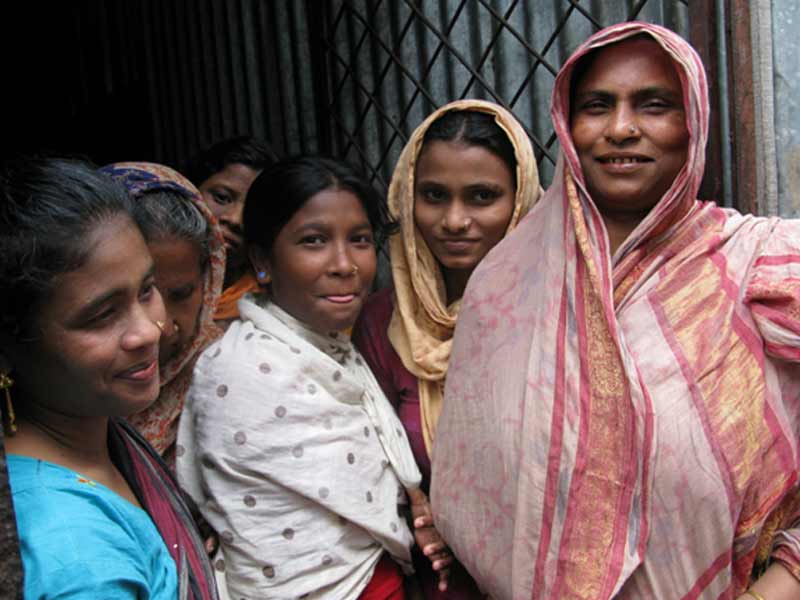
A Growing Problem
As of today, over 55% of the world’s population reside in a major city. The UN has projected that ratio to increase to 68% by the year 2050, (with a majority of that rise taking place in Asia and Africa).
This is a troubling statistic when we consider how weak nutrition policies around the world are—particularly in low and middle income countries. It’s essential that we start finding innovative solutions to secure the food supply, nutrition and health status of future generations.
Before any progress can be made, it’s important to ask—what factors are influencing what people eat in urban areas?
Availability
Any variables introduced into the food supply system of a country usually end up having an impact on the nutrition, health polices, and dietary patterns of that country’s population. While recent COVID-inspired lockdowns have significantly contributed to supply chain shortages and disarray, closed borders are not the only factor negatively influencing food availability.
Warmer temperatures around the globe have exponentially increased the quantity of floods and droughts in recent years. These events have devastated crucial agricultural sites and severely limited animal and crop production.
Food safety has also become a major talking point as chemical contaminants such as PCB and dieldrin have found their way into the food chain. Additionally, we’ve seen an uptick in new foodborne viruses, bacteria and parasites.
Affordability
While availability is necessary for the development of a healthy diet, low-income populations also require that foods be affordable.
A 2020 study by the EAT-Lancet Commission compared the retail prices of 744 foods in 159 countries. This data was used to craft the most affordable diet (meeting essential nutrient requirements), and compared that price-point with each country’s mean per capita household income.
With the most affordable Eat-Lancet diet (consisting mainly of fruits and vegetables) coming in at an average of $2.84 USD per day, an estimated 1.58 billion of the world’s population would be unable to afford this nutrition plan.
Convenience
Even in rare cases when the hurdles of availability and affordability are both cleared, increased urbanization has led to the prioritization of convenience.
With less access to full-service supermarkets, low and middle income neighborhoods often rely on small corner stores for their shopping needs. Although close to home, these dense stores typically stock an abundance of inexpensive and high-calorie foods.
Despite growing calls for these stores to stock healthier options like fruits and vegetables, these products are often less shelf-stable and small stores often lack the resources to make them profitable.
What Can We Do?
Although the magnitude of these challenges seems nearly insurmountable, it’s important we continue to fight for developments in nutrition, food science, and technology.
Urbanization and climate change will inevitably continue to present new problems for residents of low and middle income countries. By concentrating research on the areas discussed above, we can forge new ideas and systems to ensure food and nutritional security for a growing urban population.



